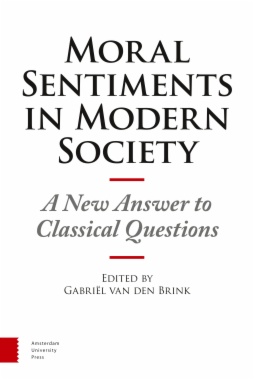Since the time of Adam Smith, scholars have tried to understand the role moral sentiments play in modern life, an issue that became especially urgent during and after the 2008 global financial crisis. Previous explanations have ranged from the idea that modern society is built on moral values to the notion that modernization results in moral decay. The essays in this interdisciplinary volume use the example of Dutch society and a wealth of empirical data to propose a novel theory about the ambivalent relation between contemporary life and human nature. In the process, the contributors argue for the need to reject simplistic explanations and reinvent civil society.

